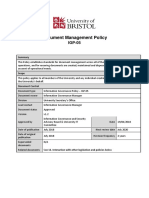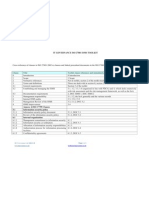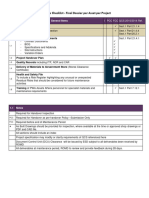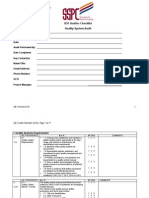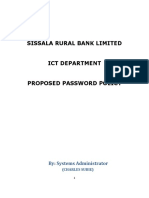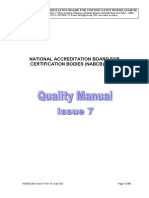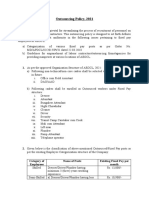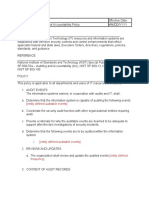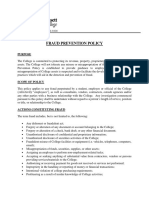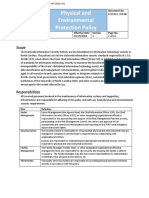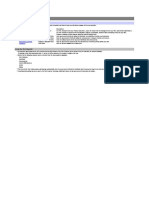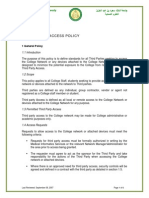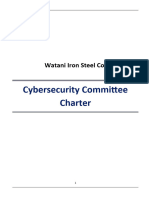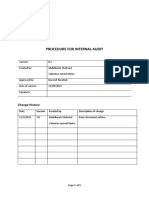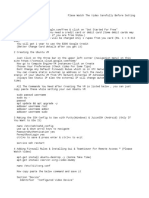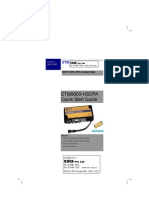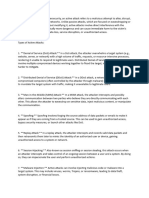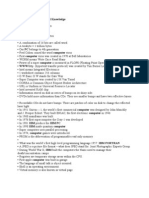0% found this document useful (0 votes)
210 views8 pagesDocument Management Policy
This document management policy establishes standards for creating, maintaining, and disposing of documents at a finance company in an appropriate manner that complies with operational and legal requirements. It applies to all employees and any individuals handling company documents. The policy outlines roles and responsibilities, document lifecycles, naming conventions, information classification, digital preservation, destruction procedures, training, and reviews.
Uploaded by
Innocent Henderson MnoloCopyright
© © All Rights Reserved
We take content rights seriously. If you suspect this is your content, claim it here.
Available Formats
Download as DOCX, PDF, TXT or read online on Scribd
0% found this document useful (0 votes)
210 views8 pagesDocument Management Policy
This document management policy establishes standards for creating, maintaining, and disposing of documents at a finance company in an appropriate manner that complies with operational and legal requirements. It applies to all employees and any individuals handling company documents. The policy outlines roles and responsibilities, document lifecycles, naming conventions, information classification, digital preservation, destruction procedures, training, and reviews.
Uploaded by
Innocent Henderson MnoloCopyright
© © All Rights Reserved
We take content rights seriously. If you suspect this is your content, claim it here.
Available Formats
Download as DOCX, PDF, TXT or read online on Scribd
/ 8
